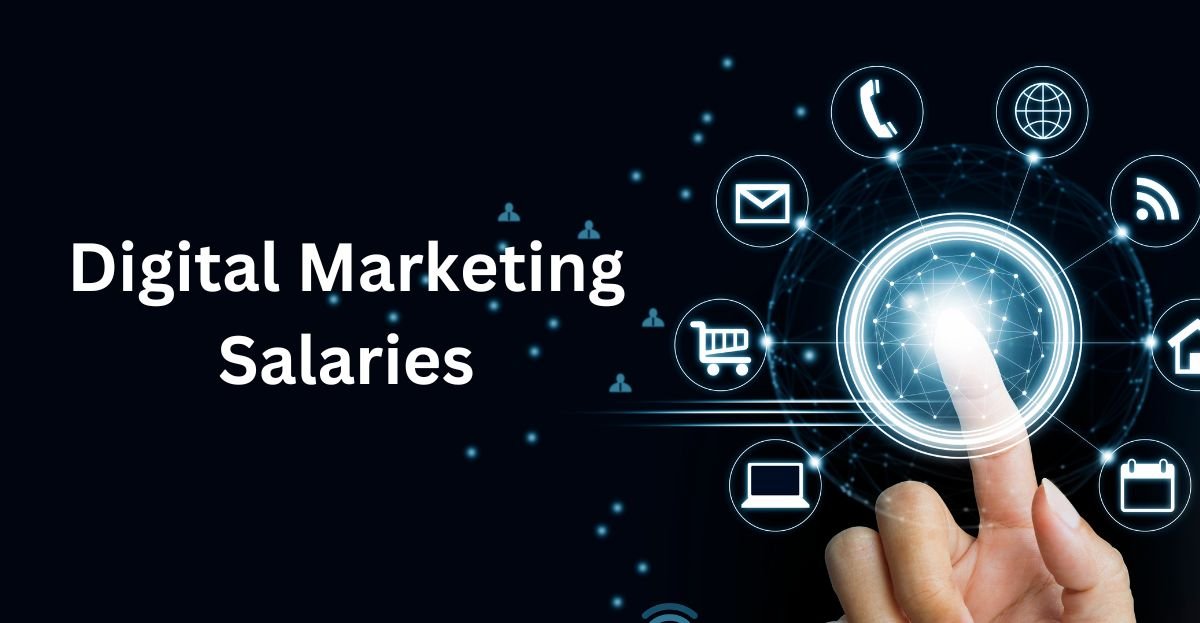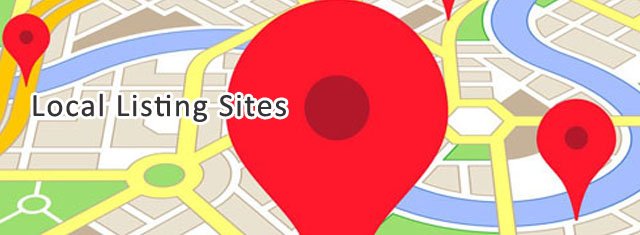Data Science is one of the most in-demand skillset in 2024. This article will help you understand everything about Scope of Data Science.
Let us understand the topic in the following order:
- What is Data Science?
- Data Mining, Data Visualisation, and Predictive Analysis
- Three components of Data Science
- Uses of Data Science in some of the major industries
- Future Scope of Data Science
- Data Science Careers
- Requisite skill sets to have a career in data science
- Job roles in data science
- Pay scale in Data Science
What is Data Science?
Data science is a multidisciplinary approach to extract information and insights from large datasets – both structured and unstructured data using scientific methods, processes, algorithms, and systems. As shown in the figure, it is a combination of Statistical Mathematics, Computer programming skills, and Domain-specific knowledge.
Data is raw, unorganized information that is useless until it is organized, structured and presented in a given context to have a meaning. Thus to make data useful, it is processed, organized, structured, and presented in a given context, which takes a form of information. Based on this, we today have Data science.
Data Mining, Data Visualization, and Predictive Analysis
Data mining is a field of study in data science that uses software to find patterns, anomalies, and correlations within large data sets to predict trends, patterns, outcomes, and rules. Data mining is used by companies to convert raw data into useful information.
Data visualization is a graphical representation of information and data using visual elements such as dots, lines, bars, charts, graphs, and maps to see and understand data patterns and trends.
Predictive analysis is a methodology that examines past data or content to determine what will happen in the future, helping to identify both risks and opportunities for business. It uses techniques such as forecasting, multivariate statistics, predictive modeling, regression analysis, and pattern matching.
“The ability to take data — to be able to understand it, process it, extract value from it, visualise it, and communicate it — that’s going to be a hugely important skill in the next decades.”
– Hal Varian, chief economist at Google and UC Berkeley professor of information sciences, business, and economics
Three components of Data Science
- Organizing the Data
- Packaging the Data
- Delivering the Data
1. Organization of the Data is where the planning and execution of the data’s physical storage and structure take place.
2. Packaging of the Data is where the prototypes are created, the statistics are applied, and the visualisation is developed. It involves modifying and combining the data in a presentable form.
3. Delivering the data is when the value is received, and the outcome or prediction is given.
Scope of Data Science in Major industries
E-commerce
E-commerce and retail are among the most critical sectors that require data analysis at the most extensive level. Effective implementation of data analysis will help the eCommerce industry to predict the purchases, profits, losses, and even manipulate customers into buying things by tracking their behavior. Retail brands analyse customer profiles, and based on their buying pattern, they market the relevant products to push the customer towards purchasing.
Manufacturing
According to one estimate for the US, “Big Data Analytics in the manufacturing sector was valued at USD 904.65 million in 2019 and is expected to reach USD 4.55 billion at a compound annual growth rate (CAGR) of 30.9% over the 2020-2025 forecast period. There are several applications of data science in the manufacturing sector. The primary use of data science in Manufacturing is to increase productivity, minimise risk, and increase profit.
Below are a few areas where Data Science can be used in Manufacturing to improve productivity, processes, and predict the trends:
- Predictive and Conditional maintenance
- Predictive Performance, Quality assurance, and Defect tracking
- Plant Facilities monitoring
- Sales and KPI forecasting
- Safety Analytics
- Warranty Analytics
Banking and Finance
In 2004 HDFC Bank started investing in data analytics to revolutionise the banking sector. Until a few years ago, banking initiatives target demographic based clusters like young and old, but now banks are targeting customers based on their interest, income, lifestyle, expenditure, and mindsets. Banks are not only collecting debit and credit transactions but also finding patterns in the purchase history, Internet banking data, social media, and mobile phone usage. The transactional data available to banks is used in risk and fraud management.
The year 2024 will see banks incorporating machine learning algorithms into their system for their predictive abilities. With the high cost of maintaining a physical branch network and customers shifting to digital payments, online banking is proliferating. Many financial institutions are launching digital-only banks to provide all banking needs like depositing and collecting payments, provide instant loans and insurance, investing in funds, and many more.
Transport
The transport industry collects unprecedented amounts of data daily. Most of the Data is recorded through ticketing and fare collection systems, passenger counting systems, vehicle location systems, and asset management and scheduling systems. Insights from this captured data is significant to achieve a competitive advantage, improve service reliability, and mitigate risks. Airlines and private transport, such as Ola, Uber, store the data for every trip the passenger takes. With this personal data in an aggregated and anonymised form, they analyse the usage patterns and the features of the service used to predict which area of service they should focus on more. They run personalised campaigns based on their data to allure passengers with several offers and promotions.
Healthcare
Electronic medical records, billing, clinical systems, data from wearables, and other medical procedures churn out huge volumes of data every day. Using Predictive Data analysis, data science is used in healthcare sectors in many ways.
Some of the major areas include:
- Drug Discovery with Data Science
- Predictive Analytics in Healthcare
- Monitoring Patient Health
- Tracking & Preventing Diseases
- Providing Virtual Assistance
- Data Science for Medical Imaging
- Data Science for Genomics
Digital Marketing
“Data science focuses on eliminating guesswork from SEO. Rather than presuming what works and how a specific action affects your goals, use data science to know what’s bringing you the desired results and how you’re able to quantify your success. Brands like Airbnb are already doing it, and so can you.” — SearchEngineWatch
Digital marketing is the marketing of products or services through the use of the Internet and mobile devices through social media, search engines, and other channels. Data science gives marketers access to user groups of data collated through a variety of channels, including organic, paid, and social media.
Few practical applications of implementing data science in digital marketing are:
- Image Search to Understand Photos
- Better audience management
- Better targeted Ads based on detailed targeting like location, demographics, Behaviour, Interest
- Better Keyword research and competition analysis
- Custom Signals Based on Specific Query
- Real-time customer insights
- Driving purchases through targeted emails or Retargeting who haven’t purchased in a while
- Sending relevant product recommendations
- Measuring the campaign’s results more accurately
We offer the best digital marketing course in Hyderabad with 100% Placement assistance.
Future Scope of Data Science
Let’s look at some of the exciting trends in Data Science which may soon become a reality in the future:
1. While the Internet of things (IoT) is already a reality connecting smart devices, we can look forward to being part of an Intelligent Digital Network in the future –a connected hub of applications, computers, and people working in sync together.
2. Advanced Chabot’s, Virtual Reality (VR), and Augmented Reality (AR) will revolutionize product marketing and customer service.
3. Block-chain may not be limited to the financial sector and apply to healthcare, banking, insurance, and other industries.
4. Automated Machine learning systems and Augmented Analytics together will transform Predictive Analytics and will further help to change the face of healthcare.
5. As technology, data science, and AI continue to advance, it is expected to have more than 11 million Data science jobs by 2026.
Scope of Data Science
As Data Science is an emerging field, there are plenty of career opportunities available in Data sciences in India as well as worldwide, be it in IT or healthcare, retail or government offices, or academics. Venture Capitalists have never shown such excitement in investing money, as in the case of data-driven startups.
In a McKinsey report in 2018, the US alone today could face a shortage of 140,000 to 190,000 people with excellent analytical skills, as well as 1.5 million managers and analysts.”
Since 2012, the jobs of Data Scientists have increased by more than 650 per-cent, making Data Science one of the hottest professional fields. {Source: Forbes}
The Harvard Business School Review even hailed the job of a Data Scientist to be the Sexiest Job of the 21st century. Since 2017, LinkedIn also listed data scientists as one of the most promising careers, along with many data-science-related skills as being the most in-demand by companies. For the year 2020, Glassdoor listed Data Scientist as the third most desired job in the United States with more than 6500 openings.
With each passing year, the data will only increase and add to the already massive amount of data. Traditional Business Intelligence (BI) tools cannot analyse such a large volume of unstructured datasets–they require more advanced and intelligent analytical tools for storing, processing, and analysing data. It is where data science has helped to make a difference.
Requisite skill sets to have a career in data science.
Data science is a blend of 3 major domains. Expertise in Statistical Mathematics, technical and programming skills, domain-specific knowledge, business, and strategy awareness combine to form Data Science.
Technical and programming skills associated with data science include SQL, Python, R, SAS, SQL Database/Coding, Hadoop, Java, Scala, Julia, and C/C++.
Data Science Job Roles
- Business Intelligence Developer
- Data Architect
- Applications Architect
- Infrastructure Architect
- Enterprise Architect
- Data Analyst
- Data Scientist
- Data Engineer
- Machine Learning Scientist
- Machine Learning Engineer
- Statistician
Pay Scale in Data Science
Data Science professionals with the right skills and desired experience can make real big money. For instance, according to Pay Scale [May 27, 2020], the average salary of a Data Scientist in India is Rs 698,413, and the average salary of a Data Analyst is Rs 417,007.
Abroad, the salary of an entry-level data scientist with less than one year experience is approx. $85,796, 1-4 years of experience earns a salary of approx. $94,229, 5-9 years of experience approx. $108,508, and 10-19 years of experience receives an average total compensation of $120,501 [Source: Pay scale]
As we are concluding the article on “What is the Scope of Data Science in India & Career Opportunities in 2024,” I hope you now have a fair idea of how significant the data’s effect is on our Day to Day life and how it’s going to shape our future.
Learn Data Science Course in Hyderabad from Expert Faculty to start your career as data scientist.

























